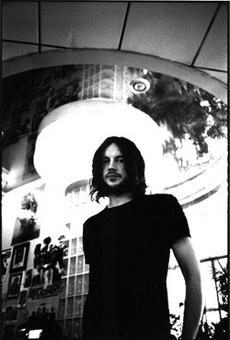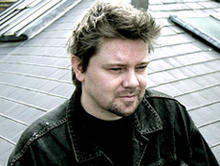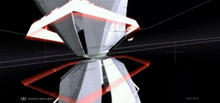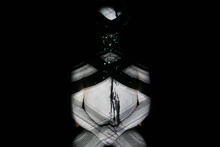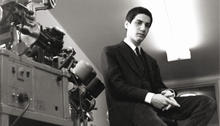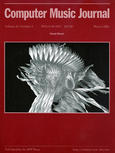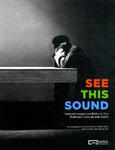Aphex Twin: Rubber Johnny
(2005)is a six-minute experimental short film and music video directed by Chris Cunningham, using music composed by Aphex Twin.
The name Rubber Johnny is drawn from a British slang for "condom" as well as a description of the main character, which explains the title sequence. The DVD comes with an art book, containing stills from the film, as well as conceptual drawings, photographs and more.
The concept for Rubber Johnny came from Chris Cunningham's imagining a raver morphing as he danced. The idea evolved to the present film, in which Johnny (played by Cunningham) is an isolated deformed (possibly hydrocephalus) teenager kept on a wheelchair and locked in a dark basement with his chihuahua. The film was originally intended to be a 30 second TV commercial for the Aphex Twin album drukqs, using the track afx237 v7. However, Cunningham grew to like the concept more and more and decided to expand the concept into a longer length (the original commercial remains in the film in an altered form.) The film was shot partially in infrared night vision on digital video. The film's music is afx237 v7 (w19rhbasement remix), a remix made by Chris Cunningham; the credits music is gwarek2, also from drukqs.
The original 3 minute 50 second version starts out with a blinking fluorescent light, then to a mouse crawling over a press-sticker credit, followed by the title, Rubber Johnny which is seen on a backwards-playing scene of a condom being pulled off a penis.
Johnny is first seen leaning backward in his wheelchair with his oversized head hanging over the back of it. Johnny mutters a distorted "Aphex." This begins the Aphex Twin track, and Johnny begins to rhythmically follow it, while his dog watches. His dancing involves him performing balancing tricks with his wheelchair, and deflecting light beams with his hands as he dances.
After a minute or so, a door opens and he is interrupted by someone who appears to be his father. During this, Johnny is out of his delusion and is shown sitting upright in the wheelchair, turning to look. His father opens the room's door, yells at him unintelligibly, and slams the door.
After he leaves, Johnny is seen inhaling a large line of white powder. The video then becomes even more erratic and delusional, as if the effect of the powder has not only affected Johnny, but the video's world itself. The music becomes more spasmodic remix of the previous tune, and Johnny now hides behind a door, avoiding the white light beams. Later, he gets his face smashed at high speed into a piece of glass, with the camera watching from the other side so that the elastic-like skin and even some innards can be seen flattening out onto the glass every time. This was done using prosthetic-based special effects rather than digital morphing.
After a while of this, he is interrupted a second time by his yelling father, after which the video ends with Johnny, once again, reclining back in his wheelchair and babbling at his chihuahua.
Source: Wikipedia
"It started out as a 30 second TV commercial for Druqks. I listened to the track a lot and got carried away. I suggested to Steve Beckett that I should expand it into a full video and that I could knock it out in a few weeks, as it was just shot on a DV camera and it featured me and not much else.
I ended up getting heavily into animation experimentation and started to learn After Effects and other bits of software and before I knew it a year had passed and it seemed less and less relevant as a music video. Then I went off for a year to develop a feature project and worked on this whenever I had free time, like a weekend hobby. I would get my friends to help me shoot a shot here and there, whenever they were up for it. The first day of shooting was actually September 11 2001. I remember being strapped into that fucking wheelchair when I heard about the World Trade Centre."
Source: pixelsurgeon

